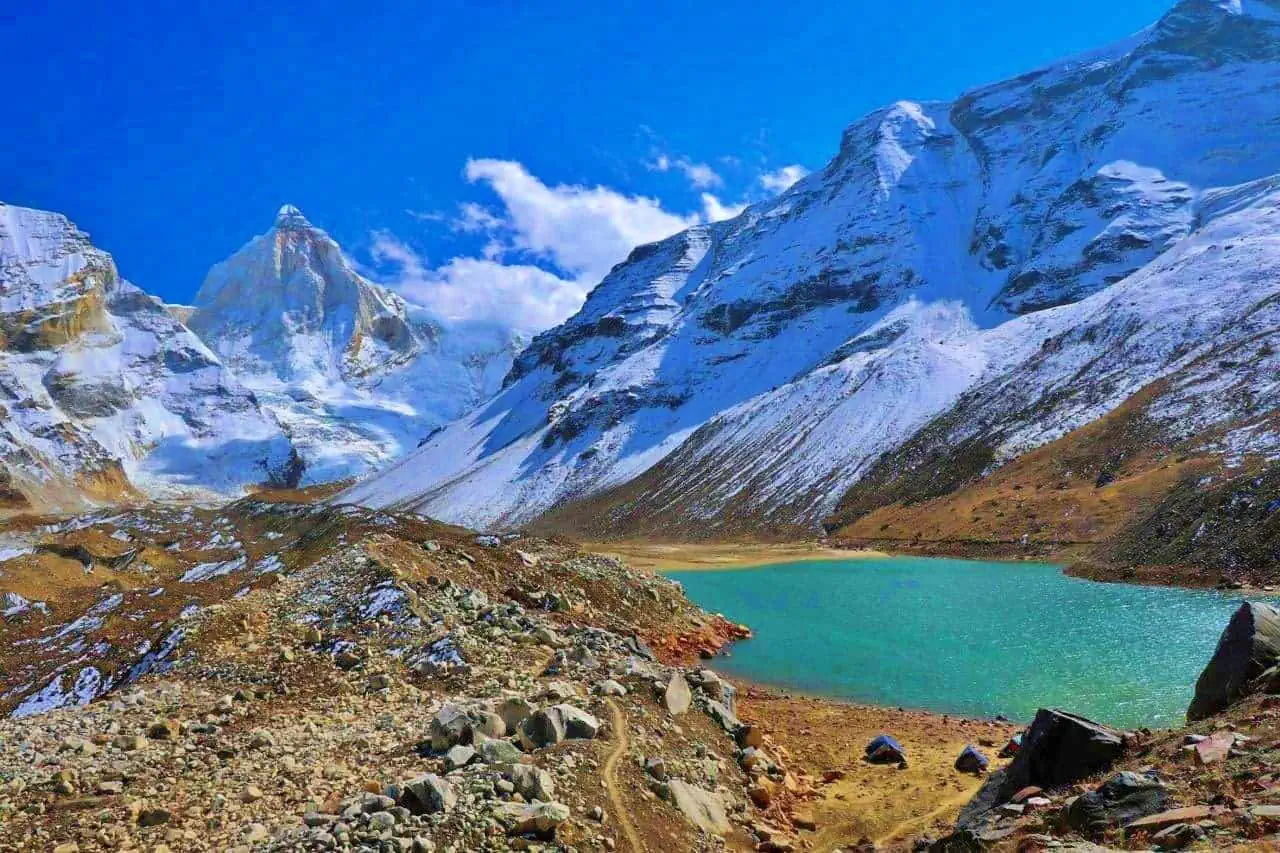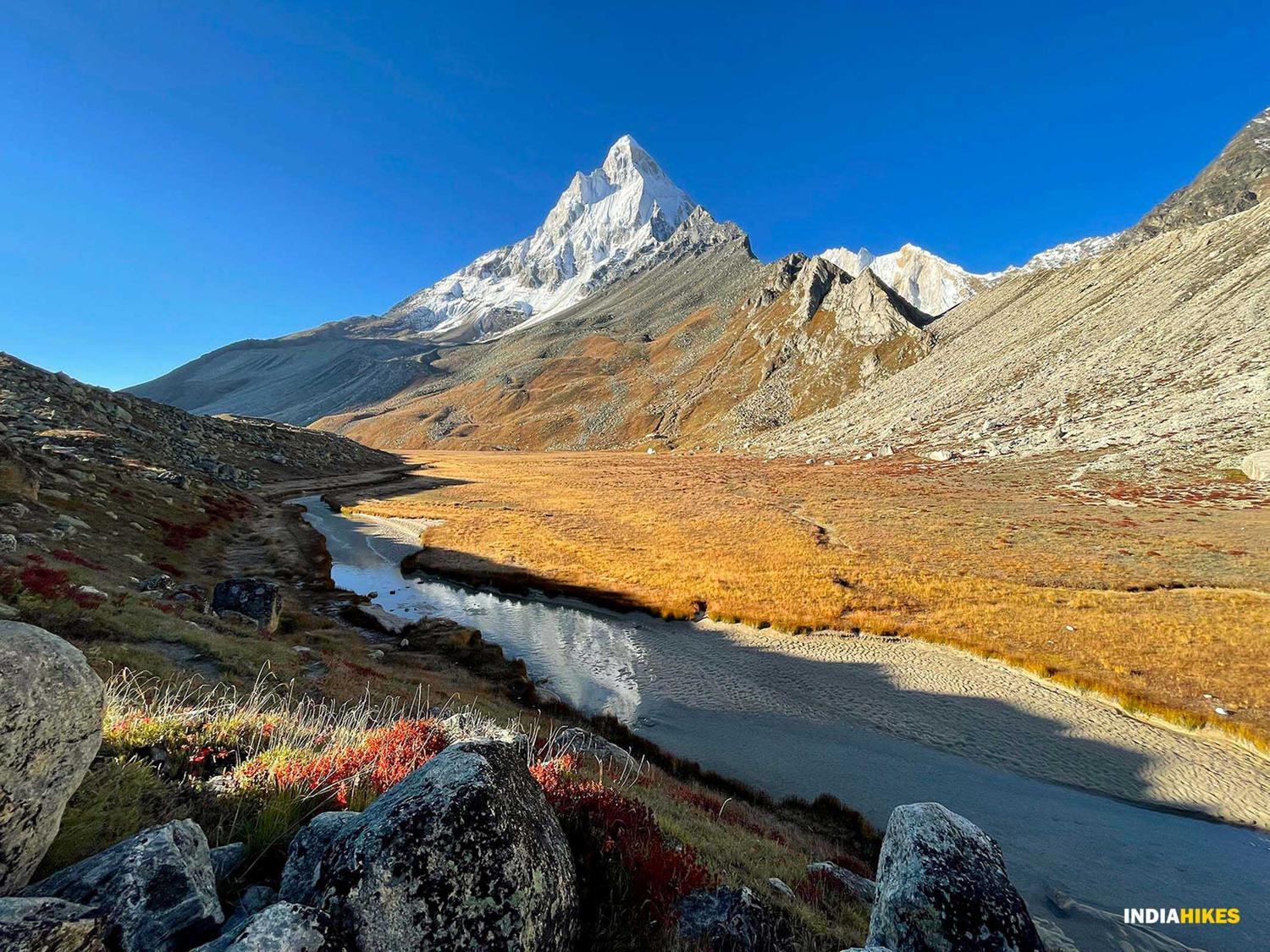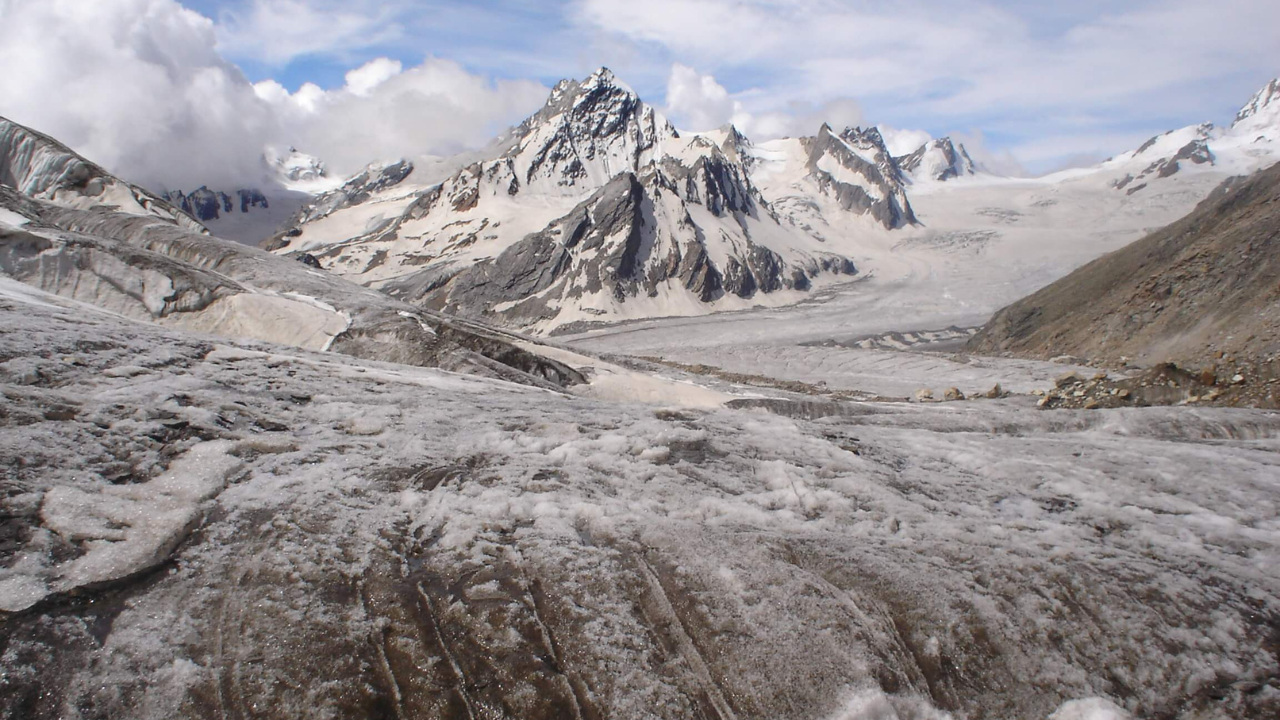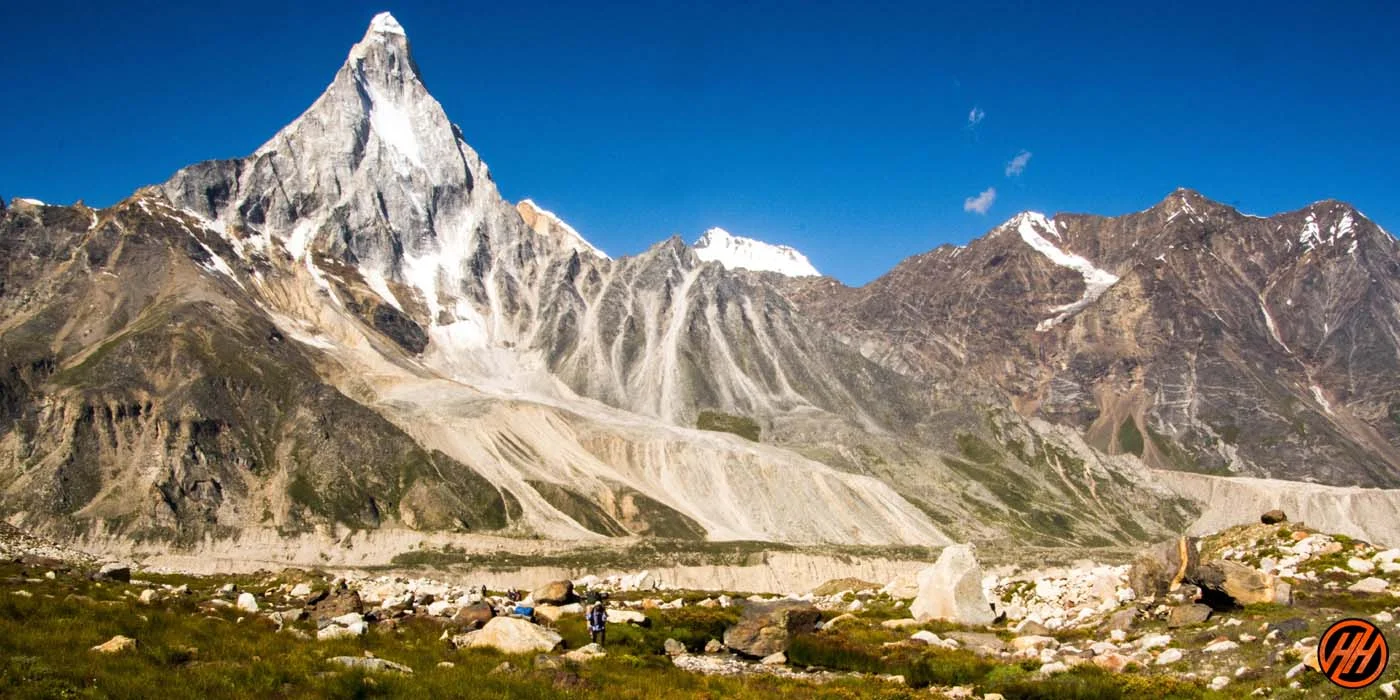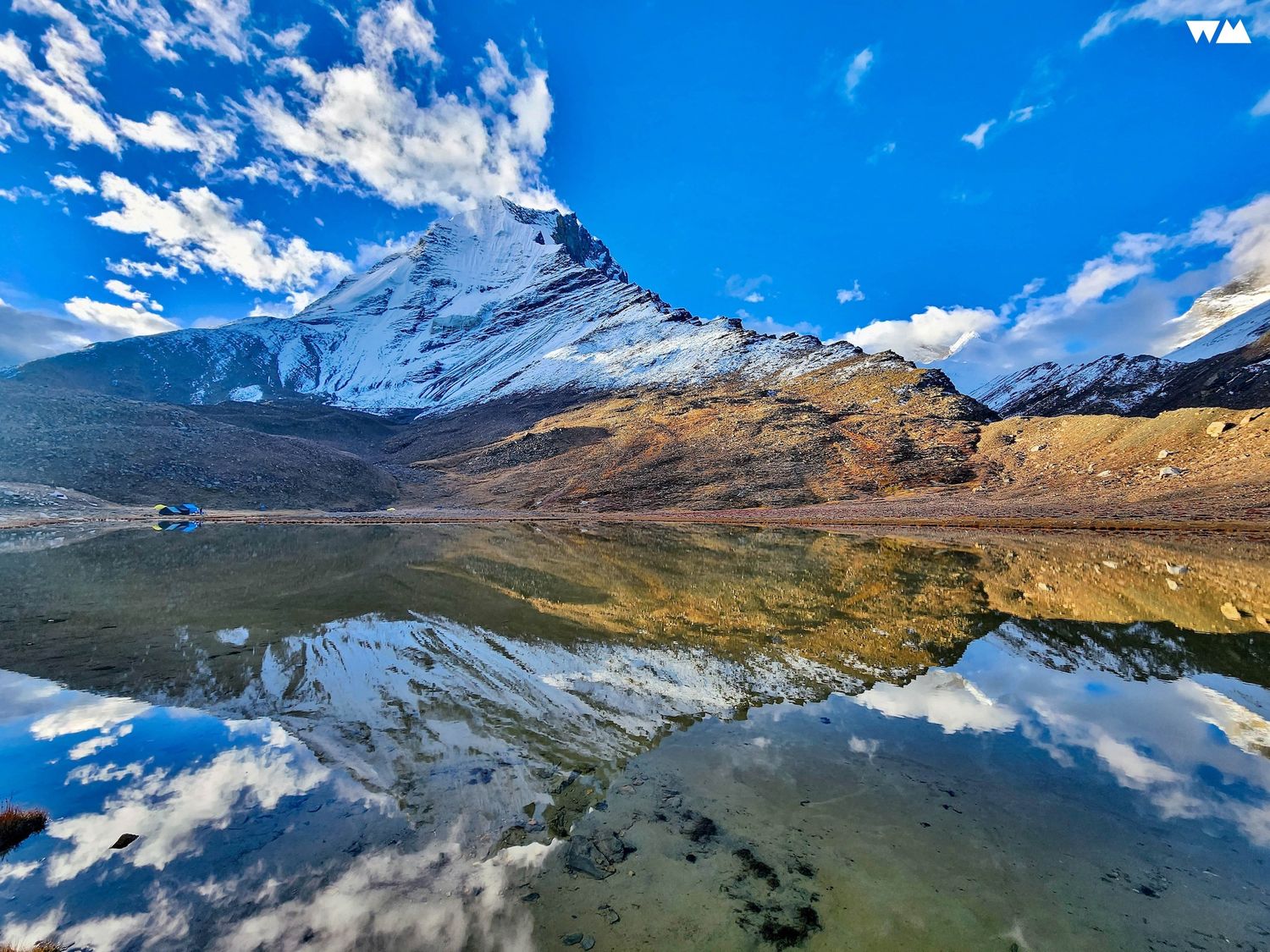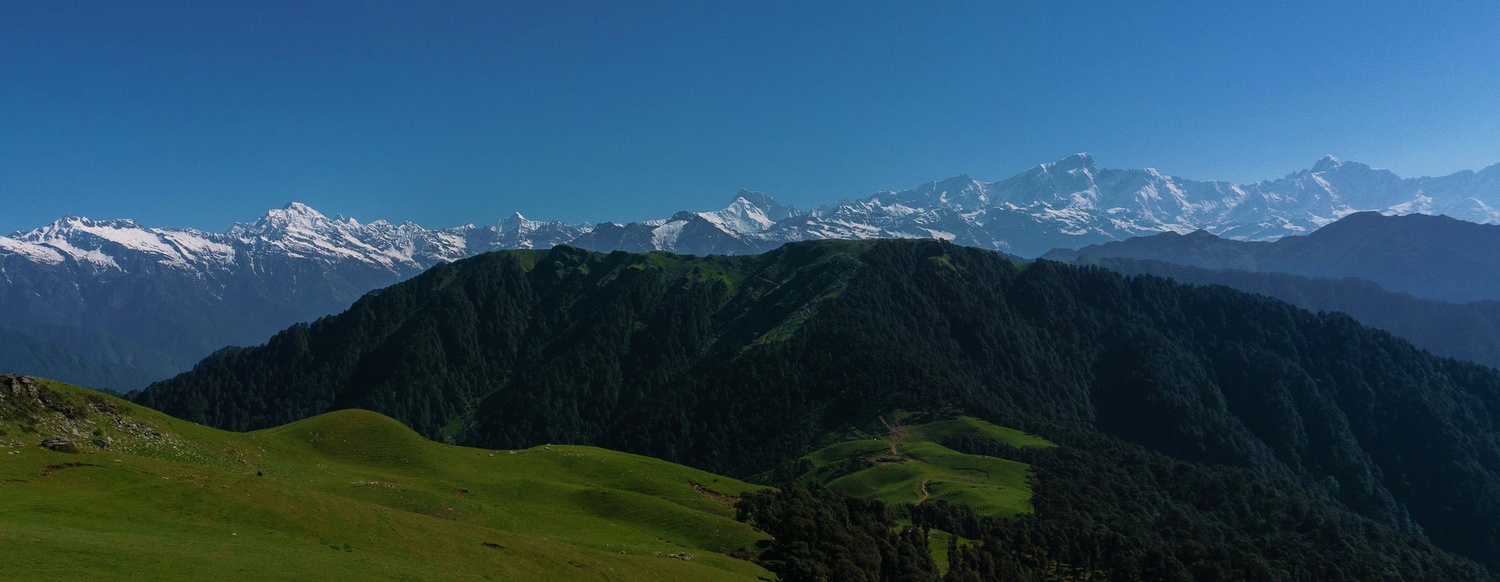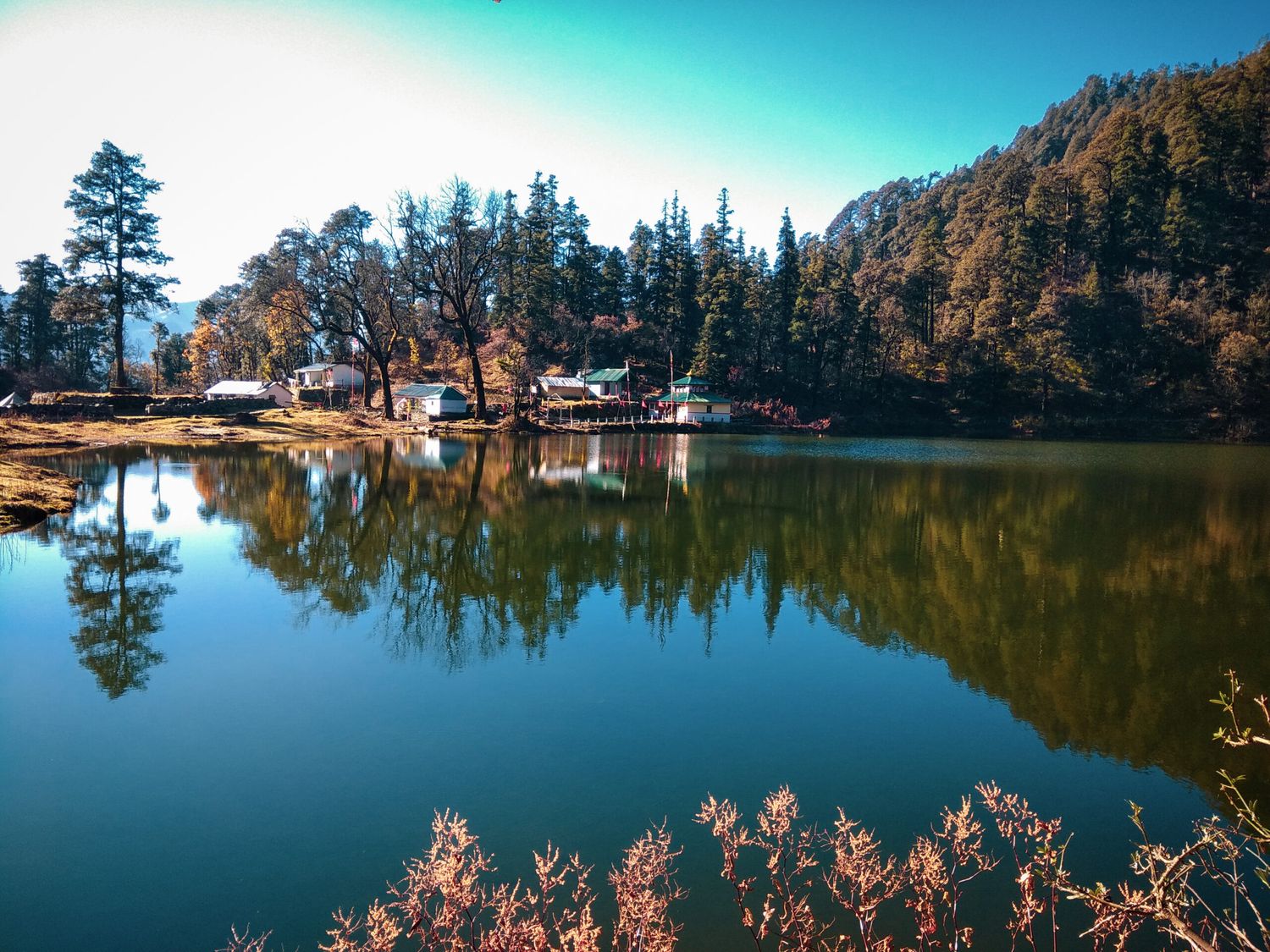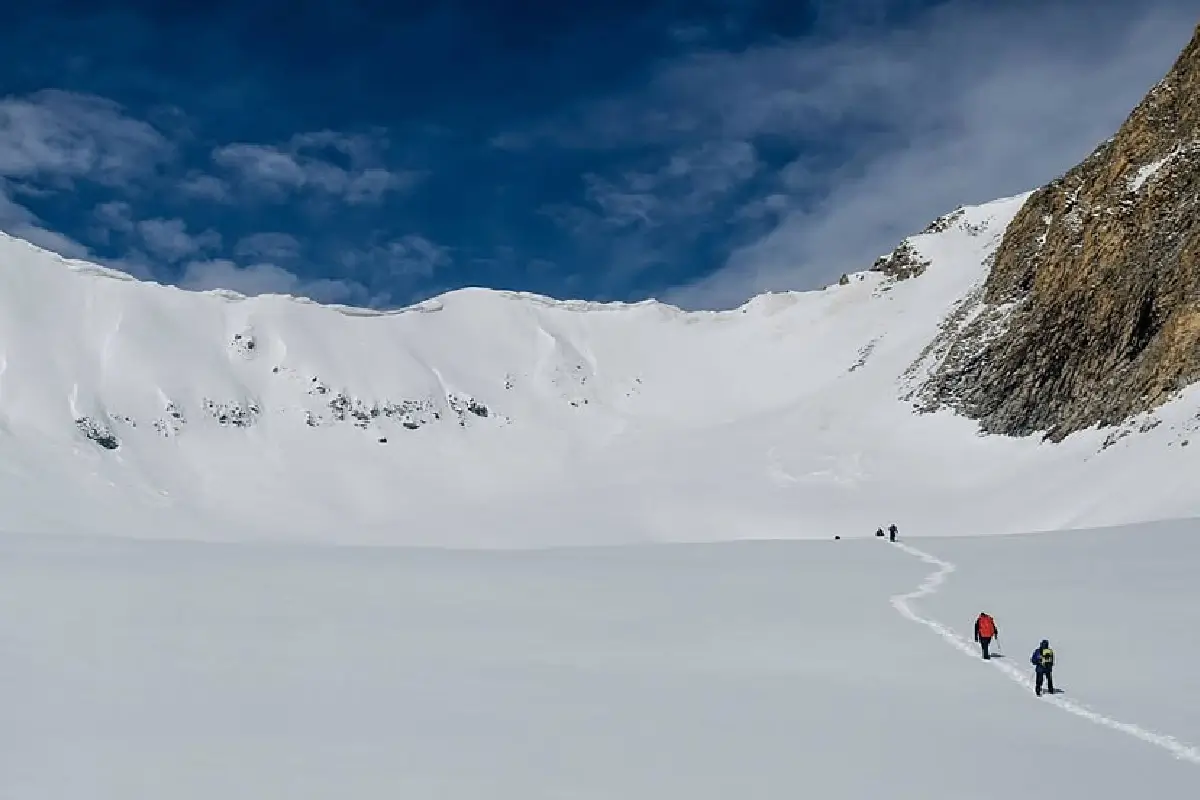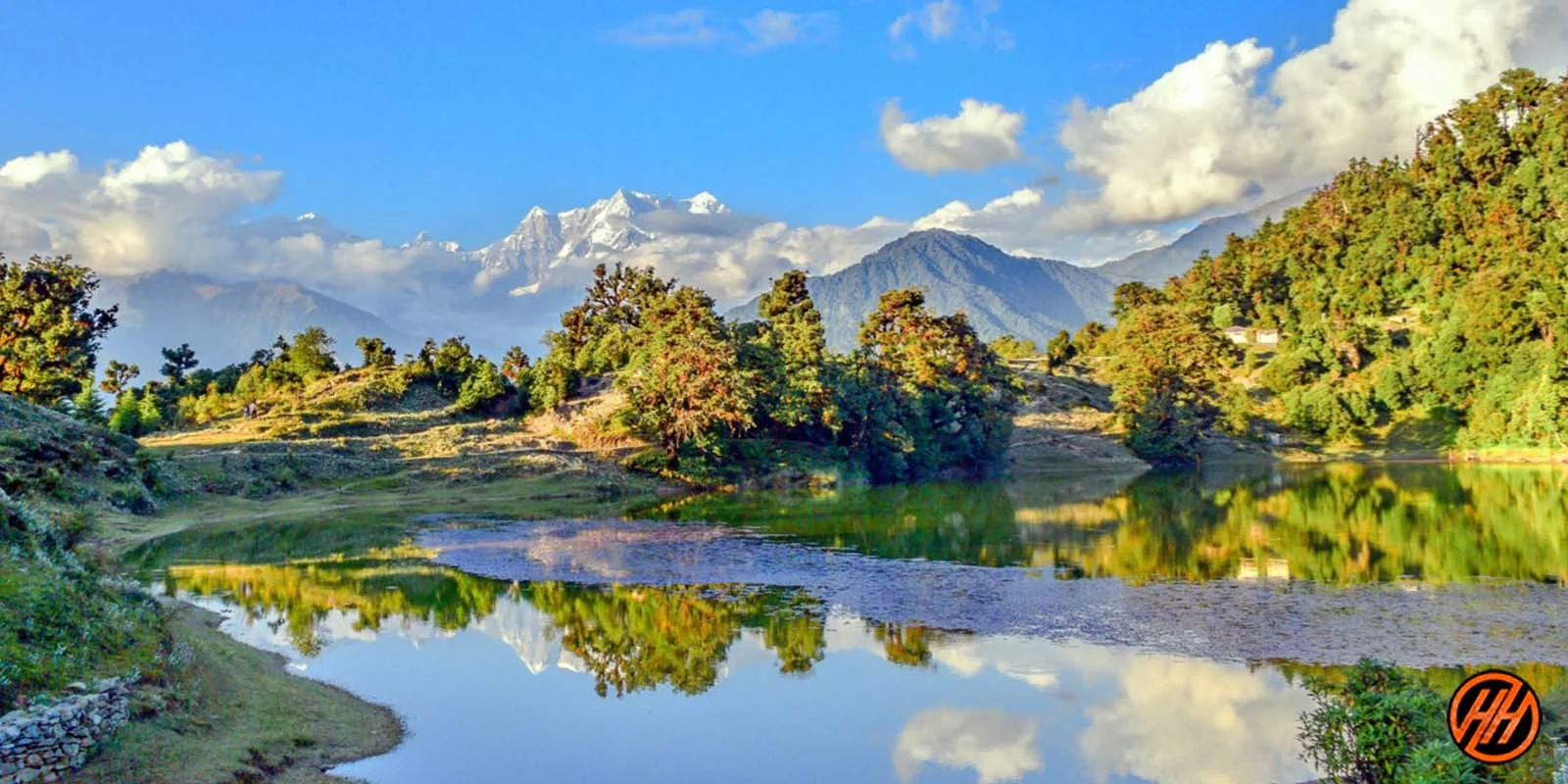Kedartal Trek: An Untamed Himalayan Adventure
The Kedartal Trek is one of the most challenging yet rewarding treks in Uttarakhand. Also known as the "Lake of Lord Shiva," Kedartal lies at the base of the mighty Thalay Sagar and Bhrigupanth peaks. The trek is famous for its rugged trails, glacial moraines, steep ascents, and close encounters with Himalayan wildlife like Blue Sheep and Bharals. This trek is ideal for experienced trekkers looking for raw Himalayan adventure.
The Untouched Beauty
Kedartal is a pristine glacial lake with turquoise waters, set at an altitude of 15,580 ft. The sight of snow-capped giants like Thalay Sagar, Meru, and Bhrigupanth reflecting on the lake’s surface creates a surreal experience unmatched by many other treks.
Trek Highlights
- Camping beside Kedartal Lake
- Majestic views of Thalay Sagar and Bhrigupanth
- Alpine forests, glacial moraines, and steep rock climbs
- Wildlife spotting: Blue sheep, Bharals, and occasionally Himalayan black bear
Challenges of the Trek
Kedartal Trek is graded as difficult due to steep climbs, rocky sections, and high altitude. It is not recommended for beginners but is a dream trek for seasoned trekkers seeking raw challenges and solitude.
